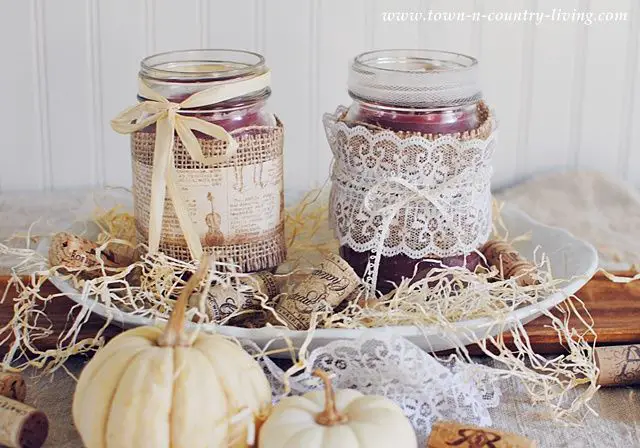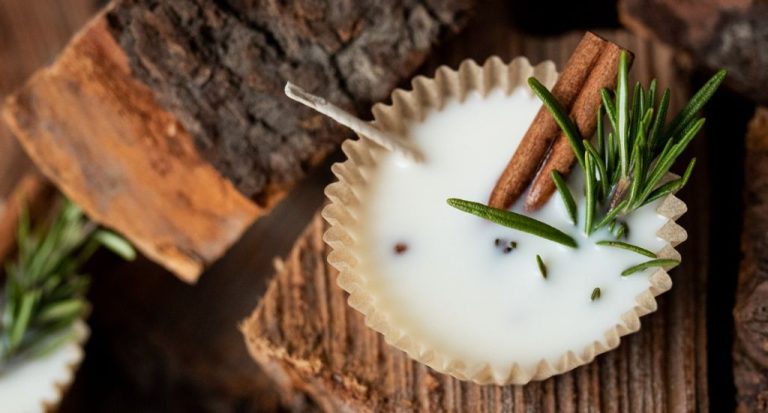How Do You Make A Wine Bottle Oil Lamp?
Introduction
A wine bottle oil lamp is a simple homemade lighting source that utilizes an empty wine or liquor bottle as the lamp base. Recycling a used bottle of wine or spirits as an oil lamp can be a practical and inexpensive way to create a lovely mood lamp or provide emergency lighting in power outages. Wine bottle oil lamps are non-electric and require only a wick, fuel source such as olive oil or vegetable oil, and an empty bottle to function. They are easy to make, eco-friendly, and emit a warm flickering glow.
The main benefits of crafting and using a wine bottle oil lamp are that it repurposes used bottles for a new purpose and does not rely on electric power to function. As a low cost, sustainable lighting solution, a wine bottle oil lamp can reduce energy costs and be less taxing on the environment than using electric lamps. In a power outage, they can provide emergency illumination. The warm candle-like glow creates a cozy ambiance and is often used for decorative mood lighting and accent lamps.
Materials Needed
Making a wine bottle oil lamp requires just a few simple materials that can likely be found around the house. The main components needed are:
- Wine bottles – Any empty, clean wine bottle will work. Clear glass bottles allow the lamp light to shine through best.
- Lamp oil – Look for food-grade lamp oils, such as citronella oil or paraffin lamp oil. Make sure the oil has a low viscosity to properly flow up the wick.
- Wicks – Purchase lamp wicks that are made from natural fibers like cotton, as these absorb and burn oil the safest. Wicks come in different diameters.
- Corks/stoppers – Find a cork or rubber stopper that fits snugly in the wine bottle to plug it and hold the wick in place.
- Scissors – Scissors make cutting the wick to size easy.
With just these basic supplies, you’ll have everything you need to make a simple wine bottle oil lamp at home.
Preparing the Wine Bottle
The first step in making a wine bottle oil lamp is preparing the bottle itself. Start by removing any labels or residues from the bottle. You’ll want a clean surface to work with. Use a razor blade scraper or steel wool to gently remove the label. Avoid using very abrasive materials like sandpaper, as this could scratch or damage the glass. For any sticky residue, try using rubbing alcohol or vinegar to cut through the glue. Thoroughly wash and rinse the bottle to remove any dirt or debris. Make sure the bottle is completely dry before moving onto the next steps. A clean, empty wine bottle makes the perfect vessel for crafting a simple yet stylish oil lamp.
Making the Wick
An oil lamp needs a wick to draw fuel up so it can be burned. Selecting the right wick material and cutting it to the proper size are important steps.
Cotton makes an excellent wick material. Untreated cotton string, yarn, or fabric strips work well. Avoid treated fabrics since chemicals used can affect burning. The wick should be made of natural fibers – synthetics like polyester don’t draw up fuel properly.
Cut the wick to extend 1-2 inches below the bottom of the wine bottle. It needs to be long enough to reach the fuel reservoir. The wick should fit loosely so it can be adjusted up and down within the bottle neck. Cutting the wick this length prevents it from getting clogged with carbon deposits during burning.
Adding the Fuel
The fuel for your wine bottle oil lamp will be lamp oil, which is a clear, odorless liquid fuel made specifically for oil lamps. You’ll want to use high-quality lamp oil – look for brands recommended for indoor use.
When selecting lamp oil, choose a high grade pure fuel without additives or perfumes, as these can clog your lamp’s wick. The lamp oil should have a low viscosity to be drawn up the wick through capillary action.
Best practices when filling your wine bottle lamp with fuel include:
- Fill the bottle no more than 2/3 full to allow room for the lamp to breathe and the fuel to expand as it warms up.
- Use a funnel to carefully pour the lamp oil into the opening of the bottle. Be cautious not to spill any fuel.
- Wipe up any spilled fuel immediately and allow any wet spots to fully dry before lighting the lamp.
- Store any leftover fuel properly in a sealed container away from heat sources or flames.
Adding high-quality lamp oil the proper way will help ensure your wine bottle oil lamp burns cleanly and safely.
Inserting the Wick
Once you have the wick prepared, it’s time to insert it into the wine bottle. This is a crucial step to ensure your oil lamp does not leak when lit. Here are some tips for inserting the wick properly:
First, place your thumb over the opening of the wine bottle as you insert the wick with your other hand. This prevents any oil from leaking out as you push the wick into place. Slide the wick in slowly and gently, applying light pressure with the thumb on top to keep it sealed.
Push the wick down into the bottle so it touches the bottom. You want the wick to reach all the way to the bottom of the bottle so it can absorb fuel to light properly. Don’t shove it down forcefully, as this may cause the wick to bunch up. Ease it down gently until you feel it touch the bottom.
Next, pull the wick taut so there is no slack inside the bottle. Give a light tug on the wick to remove any excess before sealing. This ensures the wick sits flush against the inner walls of the bottle. Any slack can allow leaks of fuel around the wick.
Finally, keep holding the wick taut as you slowly remove your thumb. Check that no oil leaks out around the wick once your thumb is removed. If it does leak a little, tug the wick gently to reseat it until the leak stops. You want a nice tight fit with no gaps for oil to escape.
Following these steps helps insert the wick so there are no leaks and your lamp functions properly. Take your time and apply gentle pressure when fitting the wick into place inside the neck of the bottle. This prevents messy leaks or issues lighting your oil lamp.
Corking the Bottle
A key step in creating a wine bottle oil lamp is properly corking the bottle once the wick is inserted. Choosing the right cork and inserting it correctly ensures your lamp burns safely and efficiently.
For cork selection, you’ll want to use a tapered cork that fits snugly into the bottle’s opening. The cork should have a diameter slightly larger than the bottle’s mouth so it can be gently tapped into place. Avoid corks that are too small or narrow, as they won’t create an airtight seal.
When inserting the cork, first place it partially inside the opening and use a soft mallet or hammer to gently tap it evenly into place. Make sure the cork goes all the way in so it’s flush with the top of the bottle. There should be no gaps or spaces for air to escape.
A properly secured cork will prevent fuel from leaking out and optimize the flame. It also completes the wine bottle’s transformation into a fully functional oil lamp ready for lighting.
Lighting the Wick
Once the wick is inserted into the bottle and secured, you’ll need to wait at least 15 minutes before lighting to allow the wick to become fully saturated with oil. This prevents the wick from charring when you first light it.
Use a long match or lighter to light the tip of the wick protruding from the mouth of the bottle. Allow the wick to take to the flame and burn for a minute or two. Then gently blow out the flame.
After lighting, use scissors to trim the wick to 1⁄4” length. This will help regulate the size of the flame. You may need to trim the wick further over time as it burns down.
Be very careful when trimming the wick, as oil soaked wicks remain flammable. Only trim the wick when the lamp is fully extinguished and cooled.
Using Safety Precautions
When using your homemade wine bottle oil lamp, it is important to take safety precautions to prevent fires or injuries. Here are some tips:
- Place the oil lamp on a flat, sturdy, non-flammable surface. Avoid placing it on a wobbly table or shelf.
- Keep the oil lamp away from tablecloths, curtains, paper, books or other flammables. Leave at least 3 feet of space around the lamp.
- Never leave a burning oil lamp unattended. Blow it out before leaving a room.
- Keep children and pets away from the oil lamp when lit to avoid accidental burns or knock-overs.
- Have a lid or snuffer handy to easily extinguish the flame if needed.
- Consider placing the oil lamp in a glass hurricane or lantern for added safety and stability.
- Check that the wick is not too long and trimmed to avoid excess smoking or flaring up.
Taking simple precautions allows you to safely enjoy your wine bottle oil lamp’s warm glow. Handle with care and enjoy responsibly.
Maintaining the Oil Lamp
To keep your wine bottle oil lamp burning safely and efficiently, you’ll need to perform some regular maintenance. Here are a few key tasks:
Monitoring Fuel Level: Check the lamp’s fuel level regularly, at least once a week. Add more fuel as needed to prevent the wick from running dry. Leaving the wick dry for too long can damage it.
Trimming the Wick: Use scissors to trim the wick about 1/4″ above the fuel level before lighting. This helps the wick burn evenly and prevents smoking. Trim as needed to maintain the optimal wick height.
Cleaning the Lamp: Gently wipe down the outside of the bottle periodically with a damp cloth to remove dust and residue. Use a pipe cleaner or cotton swab dipped in rubbing alcohol to remove any soot deposits on the inside near the wick.
With simple, routine care you can keep your wine bottle lamp burning bright for many evenings to come.





